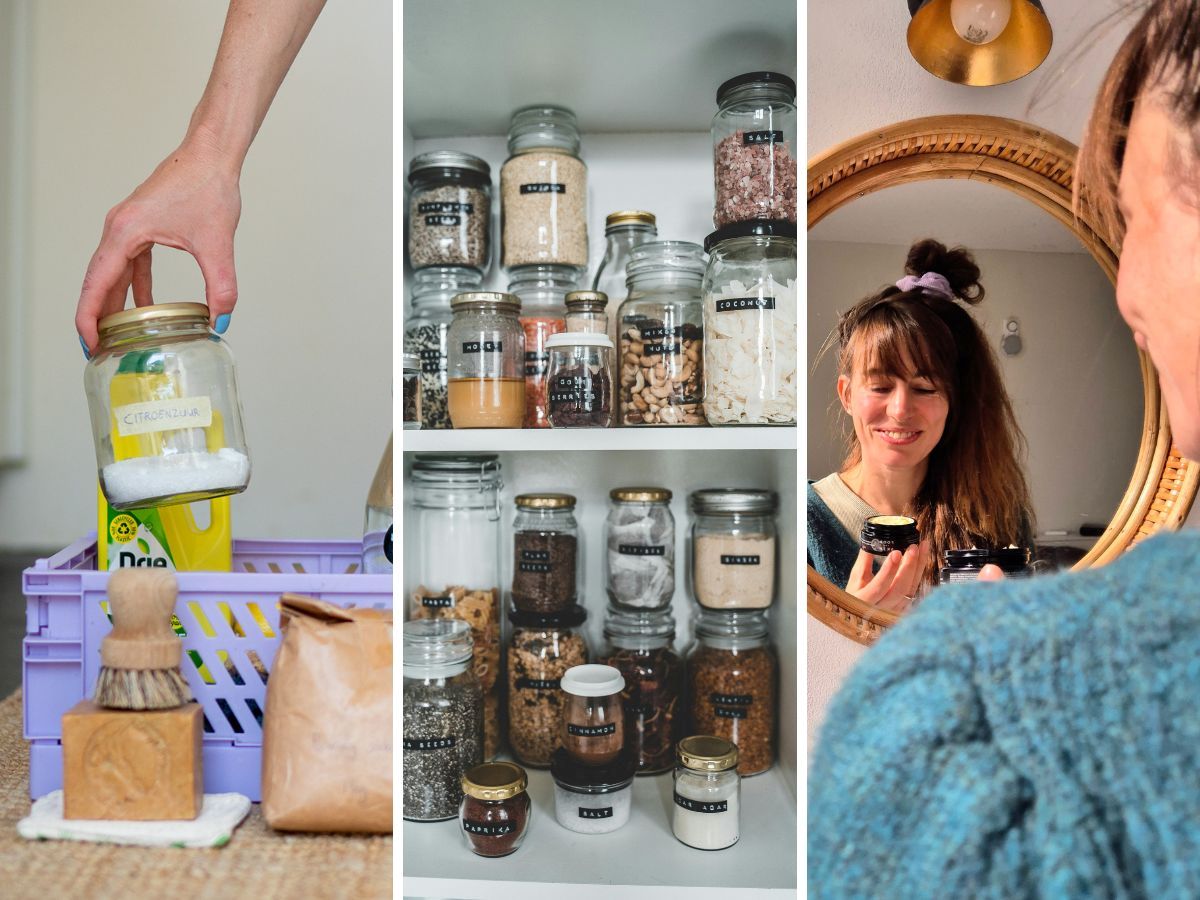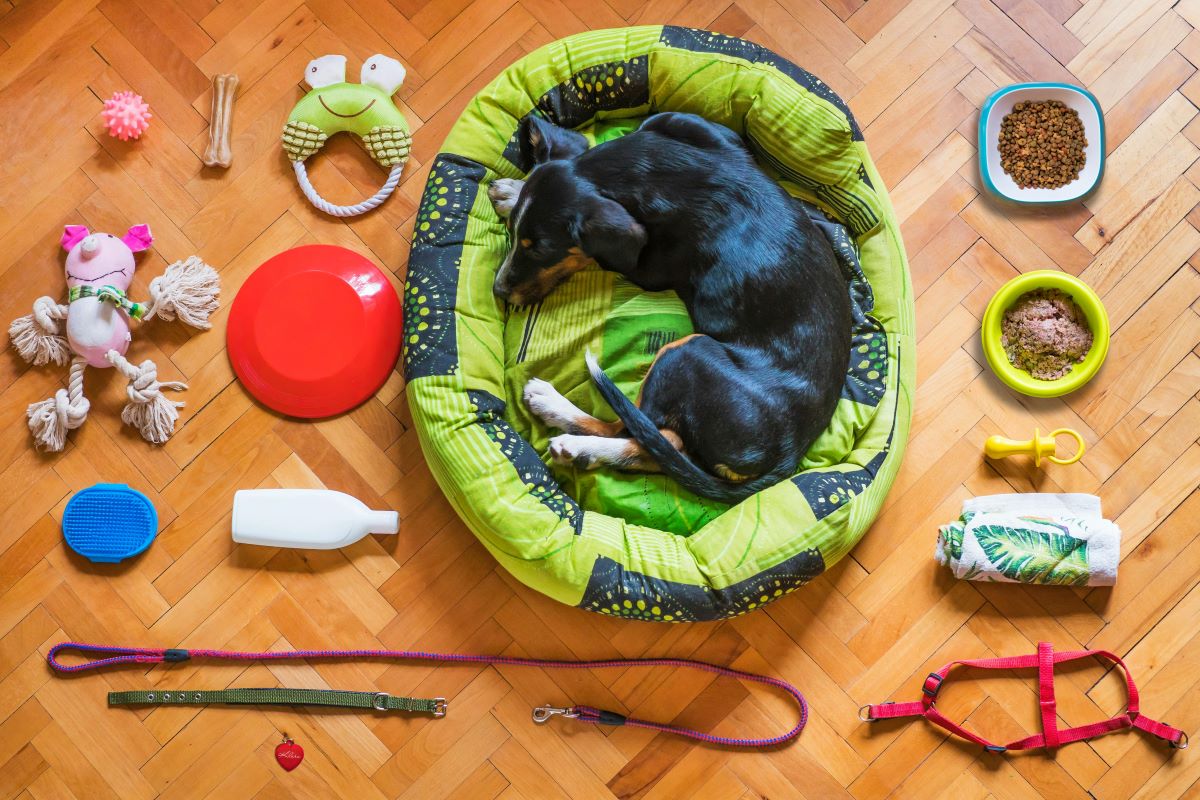Oy, that gas price is high. Households are massively looking for ways to reduce their gas consumption. Of course, we have long known that gas consumption contributes to global warming, only that was (unfortunately) seen as a less urgent reason to reduce gas consumption. Now that many people are keen to cut costs, we would like to take the opportunity to share energy-saving tips that will help you bring down your gas consumption. For this, we talk to Suzanne Hoogers from Milieu Centraal. Do you already know these simple hacks?
Tips to reduce your gas consumption
Although there seems to be a run on heat pumps, the way to get rid of gas altogether, such a big investment is not for everyone. Perhaps your house is not suitable at all, you live in a rented house or this investment is far too expensive. In short, there are plenty of reasons why it is not possible to get rid of gas (quickly), even though the price of gas is not soft. Especially for all these households, I share a laundry list of tips with Suzanne. Even without a heat pump, there is plenty left to do to bring down your gas consumption. Some people even make it a sport!
What do we use gas for?
We use gas mainly for three things: heating the house, hot water and cooking (if you cook on gas). Heating your house is the biggest bite out of the pie: three quarters of gas consumption goes into heating the house. At 23%, the second gas consumer is hot water for showering and for the kitchen, for example to do hand dishwashing. While cooking, you use very little gas, accounting for about 2 to 3% of the gas bill. You sometimes hear that people consciously cook one-pot meals to save gas, but this is of little use. You are better off putting your energy into other savings schemes.
So start reducing your gas consumption today!
Suzanne: ‘If you set to work on reducing your gas consumption, you can roughly do two things: you can change your behaviour and/or ensure that as little heat as possible leaves the house. You then have to think about better insulation, which is a bigger and more costly route though. If you have the options, definitely go ahead and do this. A well-insulated house is the basis, only after that is it wise to consider other measures, such as a heat pump.’ OK, let's assume for a moment that your house is well insulated, that you are working on it or that - very annoyingly - it is not possible to insulate your home better. What else can you do? That behaviour, that's interesting, you can influence that right away. The list below are tips for using less gas, which you can start immediately without complicated renovations or costly investments.
Consuming less gas by heating your home less
- Turn down the heating: 19°C is often warm enough during the day when you are at home and keep moving a bit (and 15°C at night or when you are away). For underfloor heating, the recommendation is 17°C at night and when you're away. Every degree lower saves around €120 a year, so mainly see what works for you.
- Only heat rooms where you are and turn off radiators in rooms where you are not. . Remember to close the doors carefully so that the heat actually stays in the room.
- Do not heat bedrooms, at most, turn on an electric blanket or put an extra blanket over your bed before bedtime.
- Make sure you set the thermostat to 15 °C one hour before bedtime. In some homes, the thermostat can even be turned off two to three hours before bedtime without losing much heat.
- At the same time, make sure you warm yourself better in winter: wear thermal underwear, warm woollen jumpers and good slippers and exercise sufficiently. Sustainable tips for slippers and slippers can be found here.
- Still cold? Then use a electric blanket to briefly heat your (work) area. Use never an electric heater, which are huge energy guzzlers and thus are not sustainable. A better alternative then is a infrared panel: which does not heat the whole room, but gives off radiant heat, making it feel nice and warm near the panel. This is great for briefly heating a room, such as your study.
- Do you find it hard to pay attention to all the smart heating tips yourself? Then a smart thermostaat help. There are different types of smart thermostats and they can tailor the heating to your behaviour. Going to buy a smart thermostat? Then check which function you find useful and which ones suit you. In any case, always make sure that your smart thermostat is self-learning and modulating, which ensures that the thermostat will heat your home as efficiently as possible and that your central heating boiler burns less when heat is not needed.
- Set your CV to 60°C, then your hr boiler works a bit more efficiently than at a temperature of 80°C (which is often still the standard). In some well-insulated houses, you can go one step further and set the central heating to 50 or 40°C. View the instruction to set up your CV here.
Consuming less gas by using less hot water
- Invest in a water-saving shower head. You have the same shower experience, but use significantly less water.
- Shorter shower: an average shower takes nine minutes. By shortening your shower routine, you can start saving energy today. Buy a five-minute hourglass that helps you to never shower for more than five minutes. Or put a nice songr on that lasts no longer than five minutes.
- Shower less frequently and choose to wash at the sink more often.
- For the non-chilly among us: cold showering more often (e.g. in the summer months) is a very effective way to consume less gas.
- Do you have a bath? Then don't bathe anymore. Did you know that one filled bath is equivalent to three showers?
- Do you still have mixer taps? Then consider going for a thermostatic tap. Research shows that old-fashioned mixer taps waste hot water unnecessarily because it takes a while to get the right temperature. With a thermostatic mixer tap, the tap is set right from the start.
- Try to reduce hot water use in the kitchen: More dishes in the dishwasher, rinsing dishes cold more often and washing hands with cold water is thus the tip.
Less heat leaving your home = using less gas
- Invest in sealing seams and cracks and bonding draught strips, so less heat leaks out of your home. And attach radiator foil behind your heater, so that the heat does not leak through your wall, but bounces back into the room. Note: installing radiator foil is less difficult than you think, your radiators don't have to come off the wall!
- Close curtains! Especially in winter in the evening and make sure the curtains do not fall over the radiator. On a sunny day, on the other hand, it is smart to keep the curtains open to take heat from the sun.
- A no-brainer: keep windows and doors closed As the stove bellowed.
- Cold feet? Invest in beautiful (vintage) rugs.
- Draughts from the corridor? A curtain for the front door offers a solution. If you want to know exactly through which holes and cracks precious heat is seeping away, you could just as we can have a draught check of the house.
- Roommates who routinely leave the corridor door open? Already considered a door closer?
- Finally, a radiator fan another tip worth mentioning. It is not proven to save energy, but at least the circulation of warm air makes you feel more comfortable.
Start reducing your gas consumption today
So many tips, are you dizzy? Or are you more motivated than ever to get started reducing your gas consumption. Just start with a few new habits that you think you can easily implement in your life. And scale up from there. Looking for the handy gadgets mentioned in the article? Find a list below:
- Thermal underwear
- Ventilation strips
- Radiator film
- Smart thermostat
- Infrared panel
- Water-saving shower head
- Thermostatic faucet
- Door closer
- Radiator fan
More sustainable tips from thegreenlist.nl
- Handy! An energy manager that gives you live insight into your gas (and electricity) consumption.
- Q&A with EnergyFlip's experts: Everything you need to know about saving energy at home.
- Energy expert Eloïse shares Tips to detect sneaky energy guzzlers in the home.
Photo credits: George Milton (Pexels).












